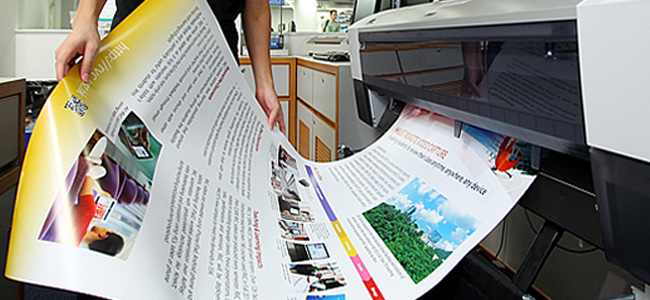Students for graphic design printing in Bali, appreciate that learning the bare fundamentals of the printed word, and the roots that almost all publishing and typography, whether physical or digital, has evolved from. As such, I’ve developed a healthy respect for the medium of print, and plan to continue learning about and working with it. In Bali island, a lot of coursework revolves around the medium of print. Letterpress, screen printing, bookbinding, or whatever you name it.
Despite this, it’s inevitable that when someone asks me how school is going or what my plans are after graduation, that the discussion eventually involves being told that I should be going into something digital, that print is “dying”. They point to the decline of newspapers and magazines, and to the success of the Facebooks and Twitters. These media-outlet-friendly examples make it seem that print is heading towards oblivion, and that anyone in the industry will have to find something else soon or fade away.
I see this as a premature obituary. I think print isn’t dying, it’s being used more appropriately.
Exciting things continue to happen in the print world. I see amazing new print work done every day, even by firms that work primarily in digital (like this Google Maps commemoration book). True, traditional newspapers are fading out and tech startups are exploding, but I’d argue that this doesn’t spell out the death of an entire medium. I just think that the content that wasn’t well suited for print in the first place is finally finding a more appropriate home.
Take Magazine, Brochures and Booklet, for example, one of the hallmarks of print and the most popular talking point about the “death” of print. Did it really ever make sense to make promotion news and special offer for reader, a type of content that is by its very nature always changing, and make it permanent by pressing it into paper? Yes, the printing press was the most efficient way to distribute this news promotion until recently, but that doesn’t mean it was the ideal platform. Dynamic content should be distributed on a dynamic medium, and this is why digital news is the giant that it is today.
Contrast this with the book. The book is traditionally a singular experience, something that exists by itself, unconcerned with the changes taking place in the world. The experience of a book can be just as potent 200 years after it’s creation as it was on the day it was published. The book makes sense to be made physical.
Print is being freed of the content that is better suited to other mediums. I believe that the medium of print will reap enormous benefit from the technology boom, though perhaps not the type that people expect to hear. Rather than burgeoning numbers and skyrocketing sales being the hallmark of the medium, I believe that there will be more creativity, more ideas and more thought-out experiences created with print.
